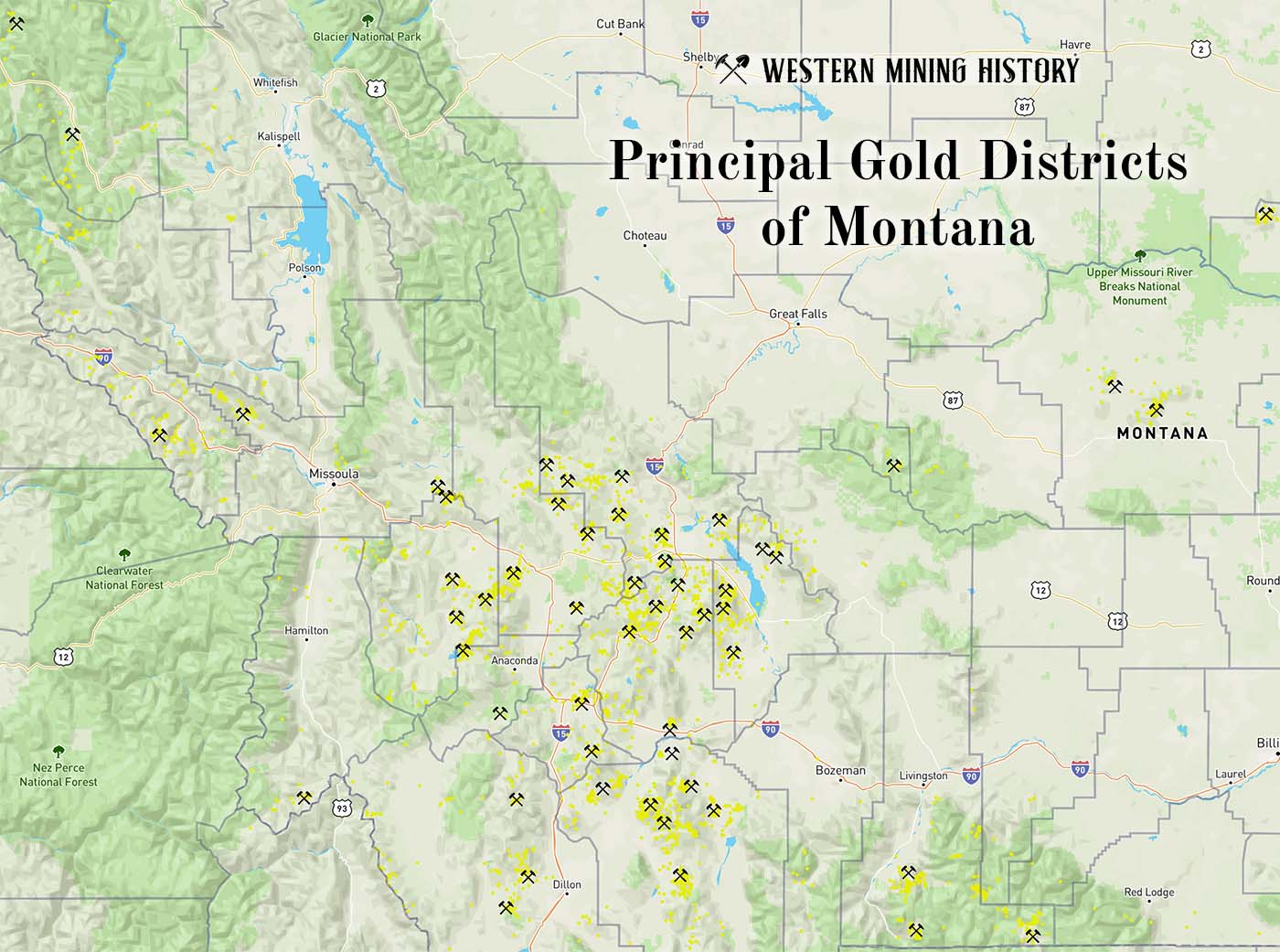The Unnamed is a titanium, metal, uranium, zinc, zirconium, niobium (columbium), copper, and lead mine located in Hill county, Montana.
About the MRDS Data:
All mine locations were obtained from the USGS Mineral Resources Data System. The locations and other information in this database have not been verified for accuracy. It should be assumed that all mines are on private property.
Mine Info
Elevation:
Commodity: Titanium, Metal, Uranium, Zinc, Zirconium, Niobium (Columbium), Copper, Lead
Lat, Long: 48.16722, -109.71250
Map: View on Google Maps
Unnamed MRDS details
Site Name
Primary: Unnamed
Secondary: Vermiculite Prospect
Commodity
Primary: Titanium, Metal
Primary: Uranium
Primary: Zinc
Primary: Zirconium
Primary: Niobium (Columbium)
Primary: Copper
Primary: Lead
Location
State: Montana
County: Hill
Land Status
Not available
Holdings
Not available
Workings
Not available
Ownership
Not available
Production
Not available
Deposit
Record Type: Site
Operation Category: Occurrence
Operation Type: Unknown
Years of Production:
Organization:
Significant: N
Physiography
General Physiographic Area: Interior Plains
Physiographic Province: Great Plains Province
Physiographic Section: Missouri Plateau, Unglaciated
Mineral Deposit Model
Not available
Orebody
Not available
Structure
Not available
Alterations
Not available
Rocks
Not available
Analytical Data
Not available
Materials
Ore: Pyrite
Ore: Pyrrhotite
Gangue: Perovskite
Gangue: Zircon
Gangue: Apatite
Gangue: Pyrochlore
Gangue: Biotite
Comments
Comment (Geology): CONCENTRATE OF THE PORPHYRY INDICATES A POTENTIAL SOURCE OF ZIRCONIUM, NIOBIUM (COLUMBIUM), URANIUM, AND TITANIUM. LOCAL CONCENTRATIONS OF BIOTITE LED TO EXPLORATION FOR VERMICULITE IN THE 1920'S WITH UNFAVORABLE RESULTS, FOR THE MATERIAL IS ALTERED BIOTITE RATHER THAN VERMICULITE. ; GEOL.DESC: ALSO CONTAINS SULFUR: DISSIMENATED MINERALS
Comment (Deposit): THE SYNONYM NAME IS TAKEN FROM USGS MAP I-237
Comment (Location): LOCATION PLOTTED IS NAMED "VERMICULITE PROSPECT" ON USGS MAP I-237
Comment (Development): LOCAL CONCENTRATIONS OF BIOTITE LED TO EXPLORATION FOR VERMICULITE IN THE 1920'S WITH UNFAVORABLE RESULTS, FOR THE MATERIAL IS ALTERED BIOTITE RATHER THAN VERMICULITE.
Comment (Geology): PORPHYRITIC POSTASSIC SYENITE AT THE HEAD OF BIG SANDY CREEK CONTAINS A SUBSTANTIAL QUANTITY OF DISSEMINATED SULFIDES, MOSTLY PYRITE AND PYRRHOTITE, IN AN AREA OF ABOUT 1000 TO 1500 FEET. THIS "PORPHYRY TYPE" SULFIDE DEPOSIT CONTAINS MINOR AMOUNTS OF COPPER, LEAD, AND ZINC, AND IS POTENTIALLY A SOURCE OF SULFUR. THE TYPICAL ROCK CONTAINS 2-6% OF SULFIDES BY WEIGHT BUT LOCALLY THE ROCK CONTAINS MORE THAN THIS AMOUNT. A GREAT NUMBER OF SILICATE-CARBONATE-SULFIDE PEGMATITES AND VEINS ARE SCATTERED THROUGHOUT THE PORPHYRY AND IN ADJOINING MONZONITE AND SKONKINITE, AND THEY ARE CHARACTERIZED BY A HIGHER PROPORTION OF GALENA AND CHALCOPYRITE TO IRON SULFIDES, THAN CONTAINED IN THE PORPHYRY, AND A HIGHER PROPORTION OF PYRRHOTITE TO PYRITE. THE CARBONATE-RICH FACIES (CARBONATITES) LOCALLY CONTAINS RARE-EARTH-BEARING CARBONATE MINERALS. ACCESSORY MINERALS IN THE PORPHYRITIC SYENITE INCLUDE ZIRCON, APATITE, BIOTITE, PERKOVSKITE, AND PYROCHLORE. IN ADDITION TO THE SULFIDES, A HEAVY-MINERAL
References
Reference (Deposit): PECORA, 1957, USGS GEOL. MAP, WARRICK QUAD.
Reference (Deposit): CONSV. DIV. COMP. DATE, 04-21-1961
Principal Gold Districts of Montana

In Montana, 54 mining districts have each have produced more than 10,000 ounces of gold. The largest producers are Butte, Helena, Marysville, and Virginia City, each having produced more than one million ounces. Twenty seven other districts are each credited with between 100,000 and one million ounces of gold production. Read more: Principal Gold Districts of Montana.